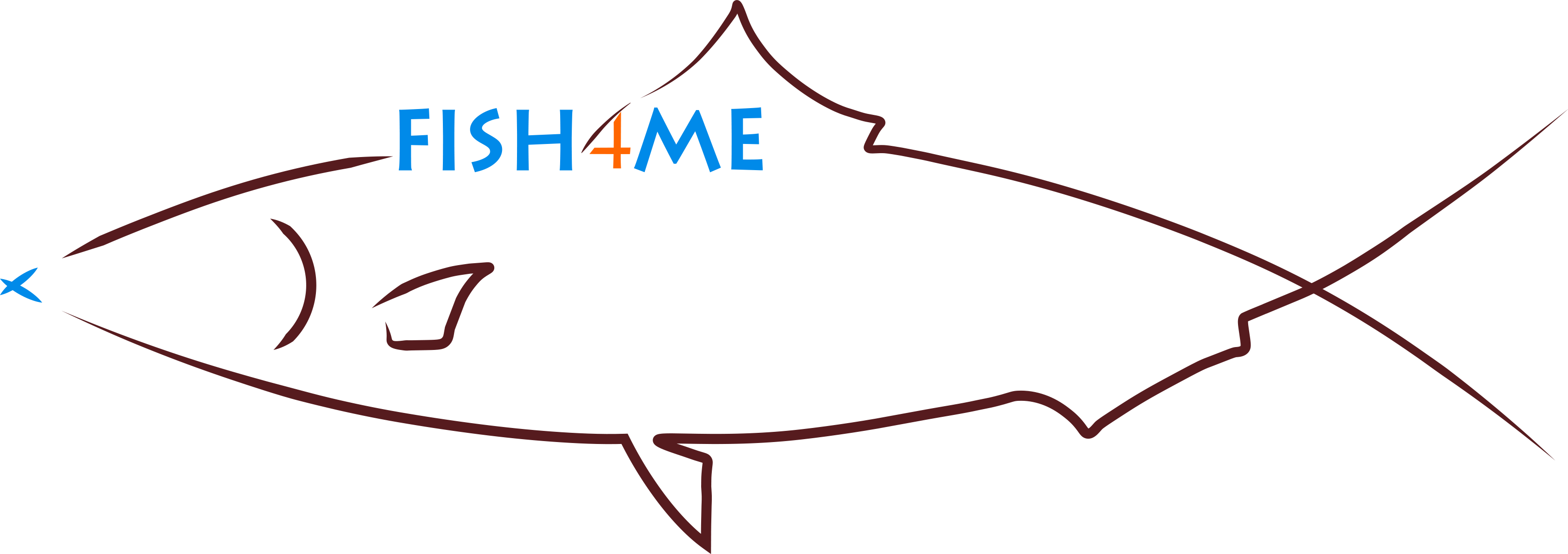Fishing is an age-old activity which, such as hunting and agriculture, has been practiced by humans since prehistory in order to obtain the necessary means for their subsistence from the aquatic environment – human food (Dias, 2007). In addition to the fundamental aspect of human subsistence, fishing is an important economic activity, which generates a number of other activities on the land (transport, storage, processing and sale of fishery products, construction and repair of fishing vessels, construction of gear and fishing utensils, etc.) employing a large number of people (Dias, 2007).
There are four main groups of fishing resources:
- Pelágics – Species that live in the upper layers of the sea. They can be classified as small pelagics, such as herring, sardines, anchovy, horse mackerel and mackerel; and large pelagics, such as tunas and similar fish, swordfish, sharks such as dyer, pots and squids);
- Demersals –Species that live on or near the seabed, on the continental shelf. Some examples are hake, anglerfish, cod, prawn, crayfish and octopus);
- Depth – Species that live beyond the continental slope, at depths exceeding 400 m. For example: black scabbardfish, clock fish, deep-sea sharks, etc;
- Diádromes – Species that migrate between rivers and oceans during their life cycle, such as salmon, lamprey and eels (Dias, 2007).
In order to fish these resources, two types of fishing may be used:
Table 1. Tradicional Fishing vs Industrial Fishing.
Within these two types of fishing can be enumerated some fishing gear and relate them to its sustainability:
- Passive Fishing Gear: type of fishing gear that ia positioned in a way that fish comes against the traps (Bonfim dos Santos, Silva & Bessa, 2013).It is characterized by being more sustainable (Bonfim dos Santos, Silva & Bessa, 2013).
- Aactive Fishing Gear: tyoe of fishing gear in which the use of techniques are manipulated for the search and seizure of fish (Bonfim dos Santos, Silva & Bessa, 2013). It causes major damages to ecosystems.
Table 2. Passive and Active Fishing Gears.
A fishing gear that causes great damage at an environmental level is the use of bottom trawls, since they are devices widely used in industrial fishing worldwide, whose techniques are characterized by the capture power of the fish fauna and marine invertebrates along the seabed or through the water column (Bonfim dos Santos, Silva & Bessa, 2013),devastating the entire ecosystem. These gears vary in design and methodology (LINS PAULO, 2011, p. 46, apud KING, 1995; SAINSBURY, 1996).

Figure 1. Bottom trawls.
Current Situation
The consumption of fish has been steadily rising. In the latest report of the Food and Agriculture Organization of the United Nations (FAO), revealed in July, shows that the annual per capita consumption is expected to exceed 20 kilograms – double the value in the 1960s of the last century (Santos, 2016). This means that the demand growth for fish exceeds the demographic growth. The fish growth 3,2% per year since 1961, O primeiro tem vindo a crescer a uma taxa de 3,2% ao ano, desde 1961, while demographic growth increases at a rate of 1,6% per year (Santos, 2016).
Portugal is a country where the fish capture is 5 to 10 tonnes per km² per year (Figure 2).

Figure 2. Countries whose fish is most caught in tonnes per km² per year. Image by: SANTOS, Paulo M. (2016) Como é que Vamos Conseguir dar de Comer aos Dez Mil Milhões de Pessoas que Deverão Habitar na Terra em 2050? Visão Verde.
Portugal is part of the countries group that most practice fishing (Figure 3):

Figure 3. Countries group with most fishing practice in milions of tonnes. Image by: SANTOS, Paulo M. (2016) Como é que Vamos Conseguir dar de Comer aos Dez Mil Milhões de Pessoas que Deverão Habitar na Terra em 2050? Visão Verde.
“Almost a third of the oceans are over-harvested, which means that fish catch exceeds the fish stocks natural replacement capacity” (Figure 4):

Figure 4. Statistic data about over-harvested, evolution of fish stocks and average catch depth. Image by: SANTOS, Paulo M. (2016) Como é que Vamos Conseguir dar de Comer aos Dez Mil Milhões de Pessoas que Deverão Habitar na Terra em 2050? Visão Verde.
If we don’t make any decisions to reduce these effects on ecosystems, everything will collapse. We must act now. If each of us buys fish in a sustainable way, together we can change the direction of our Planet.
Biography:
- BONFIM DOS SANTOS, Keisyara; SILVA, Túlio & BESSA, Wenderson (2013). Introdução à Engenharia de Pesca – Técnicas e Quipamentos usados na Pesca Marinha. Universidade do Estado da Bahia – UNEB. PDF disponível em: http://www.ebah.com.br/content/ABAAAgL70AK/introducao-a-engenharia-pesca-tecnicas-equipamentos-usados-na-pesca-marinha
- DIAS, Manuel Afonso (2007) Pescas e Aquacultura. Univerrsidade do Algarve. PDF disponível em: http://w3.ualg.pt/~madias/docencia/paq/BrevesNotasHistoriaPesca.pdf
- DIAS, Manuel Afonso (2007). Pescas e Aquacultura. Universidade do Algarve. PDF disponivel em: http://w3.ualg.pt/~madias/docencia/paq/PAQ_presentation_01.pdf
- SANTOS, Paulo M. (2016) Como é que Vamos Conseguir dar de Comer aos Dez Mil Milhões de Pessoas que Deverão Habitar na Terra em 2050? Visão Verde.
Images:
- SANTOS, Paulo M. (2016) Como é que Vamos Conseguir dar de Comer aos Dez Mil Milhões de Pessoas que Deverão Habitar na Terra em 2050? Visão Verde: http://visao.sapo.pt/ambiente/biodiversidade/2016-07-31-Mar-sob-pressao-excesso-de-pesca-escassez-de-peixe, cuja fonte: FAO-Organização para a Alimentação e Agricultura.
